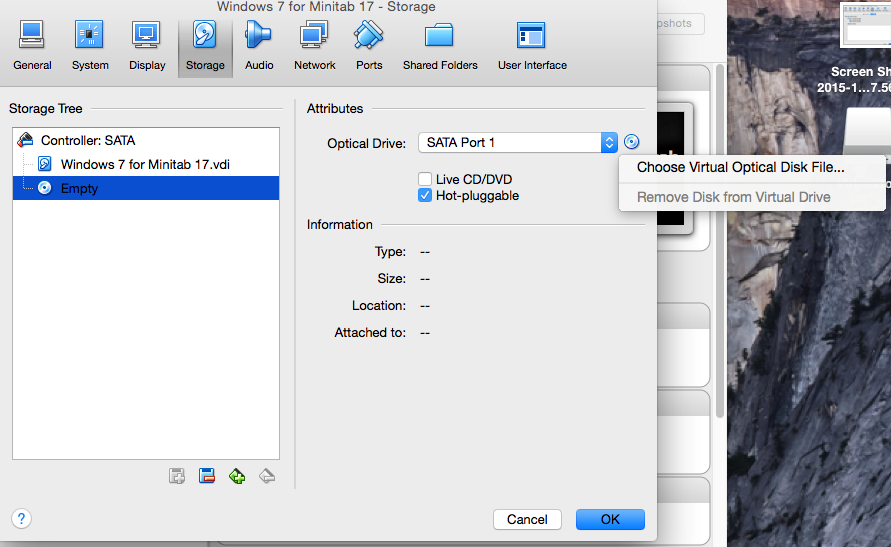
However, because they are much fainter, it has turned out to be very difficult to detect similar waves in other stars. In the case of our Sun, the brightest star in the sky, such waves have been observed since some time, and have greatly improved our knowledge about what is going on inside. This particular branch of modern astrophysics is known as "asteroseismology". Juni 2001: Sound waves running through a star can help astronomers reveal its inner properties.

This impressive observational feat was performed with the UV-Visual Echelle Spectrograph (UVES) on the VLT 8.2-metre KUEYEN telescope at the ESO Paranal Observatory, within a programme by German astronomer Jürgen Schmitt and his collaborators at the University of Hamburg Observatory.Ģ8. The object, a cool star named CN Leonis, is located at a distance of 8 light-years. Now, however, an optical coronal line from iron ions that have lost 12 electrons (Fe XIII) has for the first time been observed in a star other than the Sun. But due to observational limits of the telescopes available so far, the much fainter optical emission from stellar coronae had never been detected. The Sun is a normal star and X-ray observations from rockets and orbiting X-ray telescopes have shown that many other stars also possess coronae. There is also a much weaker coronal emission in the optical part of the spectrum. It is the uppermost region of the extended solar atmosphere and consists of a very hot (over 1 million degrees), tenuous plasma of highly ionised elements that emit strong X-ray radiation. August 2001: The solar corona is a beautiful sight during total solar eclipses.
Please select a virtual optical disk file series#
So how is the food for the central Black Hole delivered to the table in the first place? To cast more light on this central question, a team of French and Swiss astronomers has carried out a series of trailblazing observations with the VLT Infrared Spectrometer And Array Camera (ISAAC) on the VLT 8.2-metre ANTU telescope at the ESO Paranal Observatory.ġ. However, it is not yet well understood how, long before this dramatic event takes place, all that material is moved from the outer regions of the galaxy towards the central region. When the neighbouring gas and stars finally spiral into the Black Hole, a substantial fraction of the infalling mass is transformed into pure energy. A heavy Black Hole feeds agressively on its surroundings. These extremely dense objects cannot be observed directly, but violently moving gas clouds and stars in their strong gravitational fields are responsible for the emission of energetic radiation from such "active galaxy nuclei" (AGN). August 2001: Supermassive Black Holes are present at the centres of many galaxies, some weighing hundreds of millions times more than the Sun. The observation of the heavy black hole in GRS 1915+105 is opening up fundamental questions about how massive stellar black holes form, and whether or not such objects rotate around their own axes.ġ4. The analysis of the orbital motion then made it possible to estimate the mass of the black hole. A detailed follow-up study revealed how this star revolves around its hungry companion.

They were able to identify the low-mass star that feeds the black hole by means of a steady flow of stellar material. Using the ISAAC instrument on the Very Large Telescope (VLT) 8.2-metre ANTU telescope at the ESO Paranal Observatory, an international team of astronomers peered into a remote area of the Milky Way to probe the binary system GRS 1915+105, located almost 40,000 light-years away. With 14 times more mass than the Sun, this is the heaviest known stellar black hole in the Galaxy. November 2001: One of the most enigmatic stellar systems in our Milky Way Galaxy has been shown to harbour a very massive black hole.


 0 kommentar(er)
0 kommentar(er)
